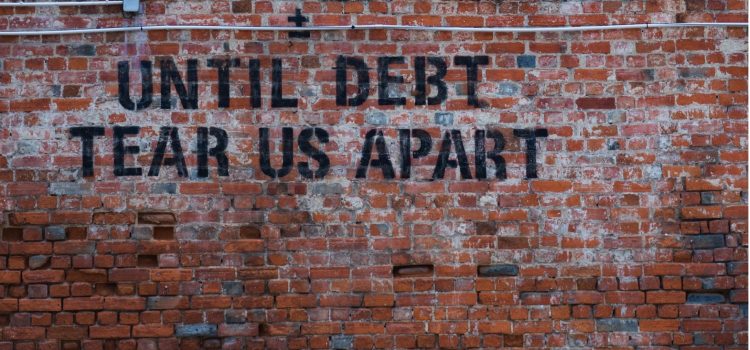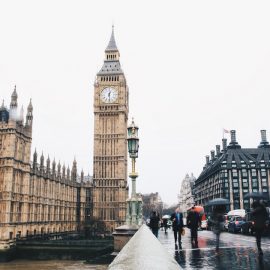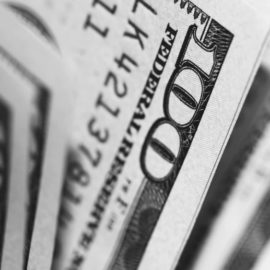
This is a free excerpt from one of Shortform’s Articles. We give you all the important information you need to know about current events and more.
Don't miss out on the whole story. Sign up for a free trial here .
Why is there a national debt relief lawsuit? Why do some opponents call Biden’s plan illegal or unfair?
Millions are cheering President Biden’s plan to forgive hundreds of billions of dollars in student debt, with about 40 million people eligible to benefit from the plan. However, others are calling the plan unfair, inadequate, and even illegal.
Read on to learn about the national debt relief lawsuit and why Biden’s plan has fallen under criticism.
Overview of Biden’s Debt Relief Plan
President Joe Biden recently announced a plan to forgive hundreds of billions of dollars of student debt. At the same time, he also extended a pause on student debt repayment and shrunk the size of borrowers’ monthly payments to a smaller percentage of their income. However, Biden’s plan has led to a national debt relief lawsuit fueled by opponents that argue the plan is an abuse of power.
Roughly 40 million people stand to benefit from the national debt relief plan—and about half of them could have their debts eliminated entirely. At this point, most eligible borrowers can enjoy the perks of loan forgiveness with no downside.
However, seven states have laws that will or might tax forgiven debt as income. Unless these states change their laws, borrowers in North Carolina, Indiana, Mississippi, Arkansas, Minnesota, Wisconsin, and California could face higher taxes or smaller tax returns. That could range from $300 to $1,100 in taxes for $10,000 of debt relief, according to the Tax Foundation.
Additionally, borrowers who want to apply for loan forgiveness should act fast, as a handful of national debt relief lawsuits threaten to put an injunction on Biden’s plan.
When Biden first announced the plan in August, it applied to all federal student loans—including Perkins loans and Federal Family Education Loans (FFEL), which are federally backed and managed by private banks. The Education Department’s website instructed borrowers to consolidate their Perkins and FFEL loans into Direct Loans to qualify for loan forgiveness.
However, on Sept. 29, the eligibility requirements changed to exclude Perkins and FFEL loans. Legal experts speculate that the exclusion could prevent the private lenders that manage these loans from suing on the basis that the loan forgiveness cuts into their profits from managing those debts.
Why Is There a Lawsuit?
Six state attorneys general are mounting a lawsuit against the national debt relief plan on behalf of the private banks that manage FFEL and Perkins loans, though the recent change to make those loans ineligible for debt relief may stem that charge.
Other (mostly conservative) politicians have vowed to sue, though it’s unclear whether they have legal standing, or proof that they’d be directly harmed by Biden’s plan. In the meantime, some conservative legal groups are likely still strategizing to develop a strong suit—and if they succeed, the case could go all the way to the Supreme Court.
With an estimated price tag of $400 billion, the national debt relief plan has drawn plenty of ire in addition to the mounting lawsuits.
One group of opponents calls the plan “illegal” and an abuse of power because it never went through Congress, which has exclusive constitutional power to authorize spending. Others argue that the plan is too expensive, adding hundreds of billions of dollars to a titanic national debt and jeopardizing critical safety-net programs.
Aside from those proposing lawsuits, another category of critics calls the national debt relief plan unfair: They ask why these 40 million current and former college students deserve this relief, while millions of others worked their tails off to pay down their student debts or pay their way through school. Opponents also point to people who didn’t go to college because they couldn’t afford it—whose tax dollars will now help pay for the tuition of people whose college degrees likely give them higher earning power. To these points, the White House estimates that 90% of the debt relief will benefit people who earn less than $75,000 per year.
A third group of detractors says that loan forgiveness masks the root problem: steadily skyrocketing tuition and fees. Colleges face no risk if students default on their loans, so they have no incentive to cap rising tuition. Furthermore, Biden’s debt relief plan could indirectly encourage students to take out even larger loans—and schools to charge higher prices.

Want to fast-track your learning? With Shortform, you’ll gain insights you won't find anywhere else .
Here's what you’ll get when you sign up for Shortform :
- Complicated ideas explained in simple and concise ways
- Smart analysis that connects what you’re reading to other key concepts
- Writing with zero fluff because we know how important your time is






